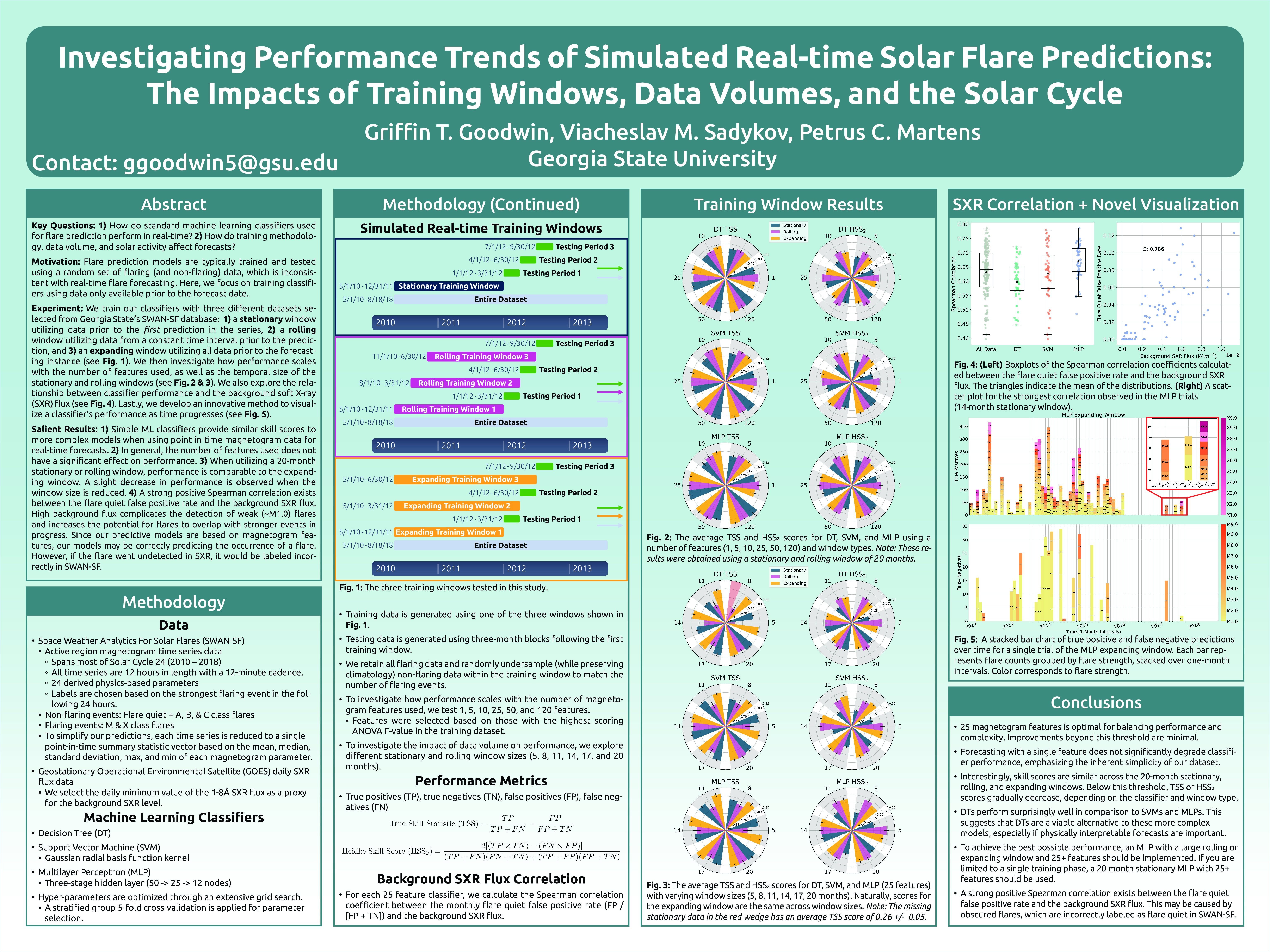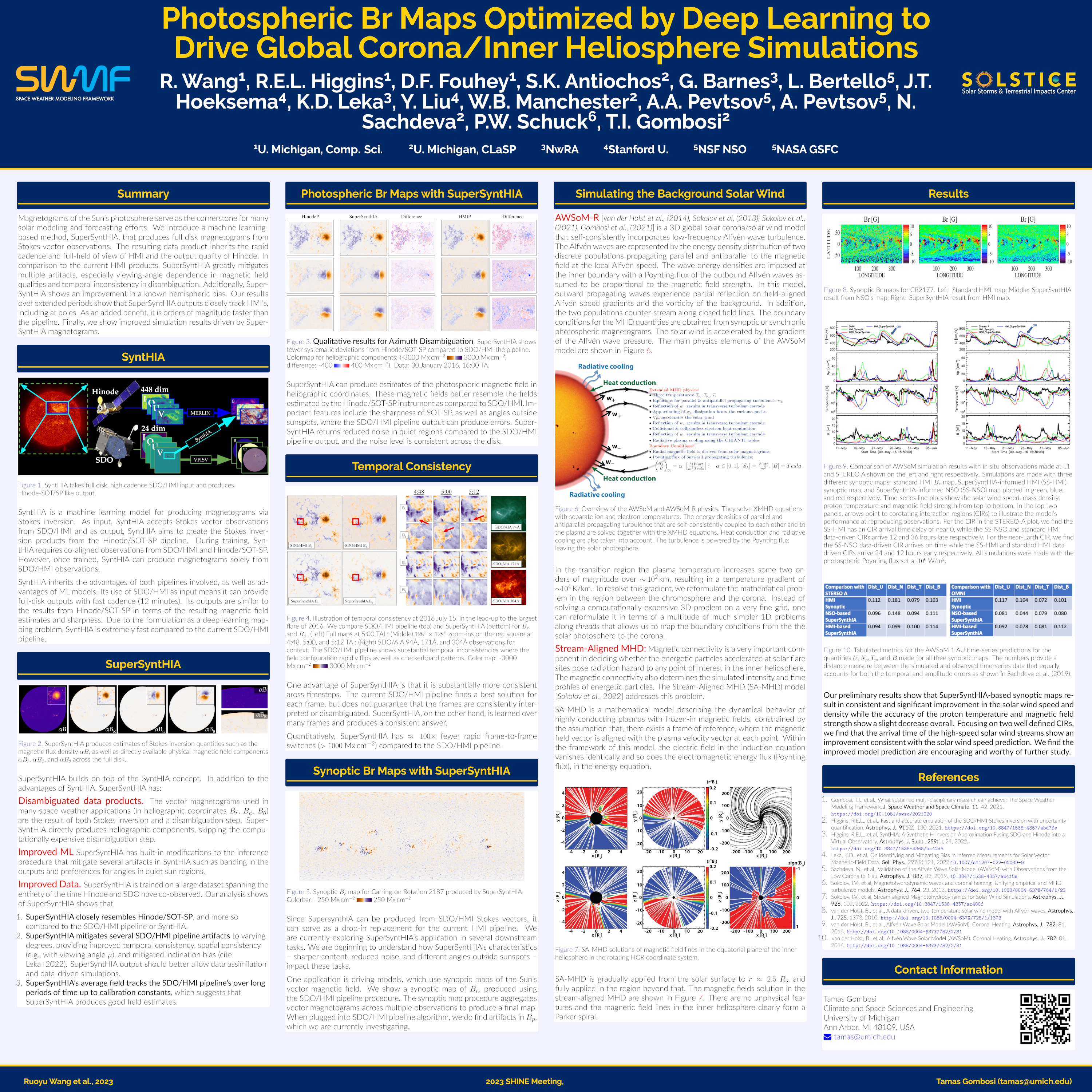The Connection Between the Free Parameters of a Solar Wind Model and the Sunspot Solar Cycle in the Context of Solar Wind Predictions at 1~au
Authors: Kalpa Henadhira Arachchige (Department of Physics & Applied Physics, University of Massachusetts Lowell, USA), Ofer Cohen (Department of Physics & Applied Physics, University ofView More


